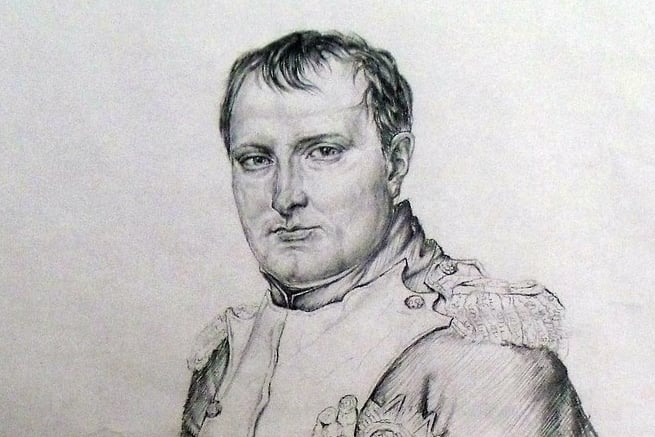After being exiled to the island of Elba in 1814, Napoleon Bonaparte plotted his comeback. Despite the great minds of Europe gathering in Vienna for a Congress aimed at redrawing the map of Europe, Napoleon saw his chance to escape and took it. On March 1st, 1815, he landed back on the French mainland and within three weeks, he had marched his way back into Paris with an army at his back, marking the beginning of The 100 Days.
Napoleon's larger-than-life personality and charisma had won over soldiers and civilians alike. Even the caricatures of him as a short man, created by James Gillray, couldn't diminish his legendary status. When confronted by royalist soldiers, he fearlessly stepped forward and challenged them to shoot their emperor. They promptly switched sides and pledged their loyalty to him.
As Napoleon made his way towards Paris, the powers of Europe meeting in Vienna declared him an outlaw and formed an Allied army stationed near Brussels. Despite the superior numbers, Napoleon's troops proved to be a force to be reckoned with. Most of the Allied troops did not see action as Napoleon seized the initiative and led his troops to victory in Quatre Bras, Genappe, and finally, the battle of Waterloo.
However, this triumph was short-lived, and defeat in Waterloo spelled the end of Napoleon's reign. The defeated emperor was exiled once again, this time to the remote island of Saint Helena, where he would live out the rest of his days in isolation.
The story of Napoleon's rise and fall continues to captivate historians and enthusiasts alike. Linton & District History Society's latest meeting, featuring a talk by Philip Bowen on Tolstoy and 19th Century Russia, is a testament to the enduring fascination with this remarkable period of European history.





Comments
This article has no comments yet. Be the first to leave a comment.